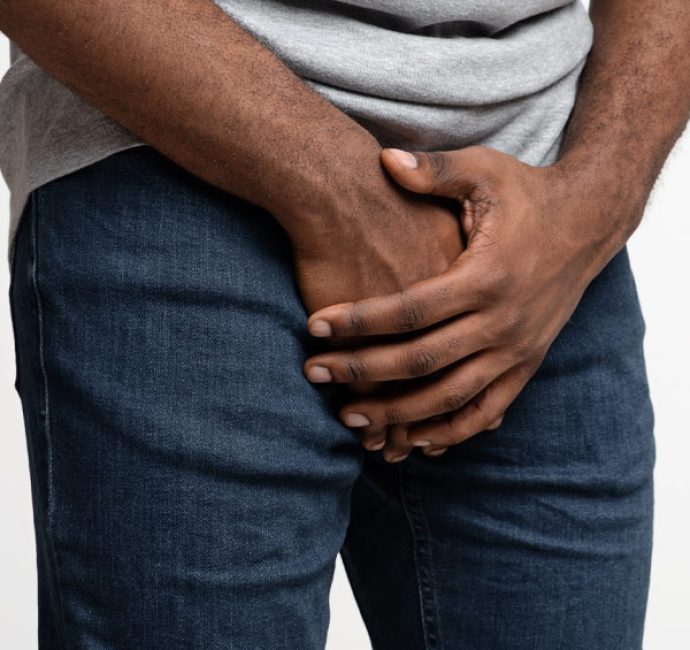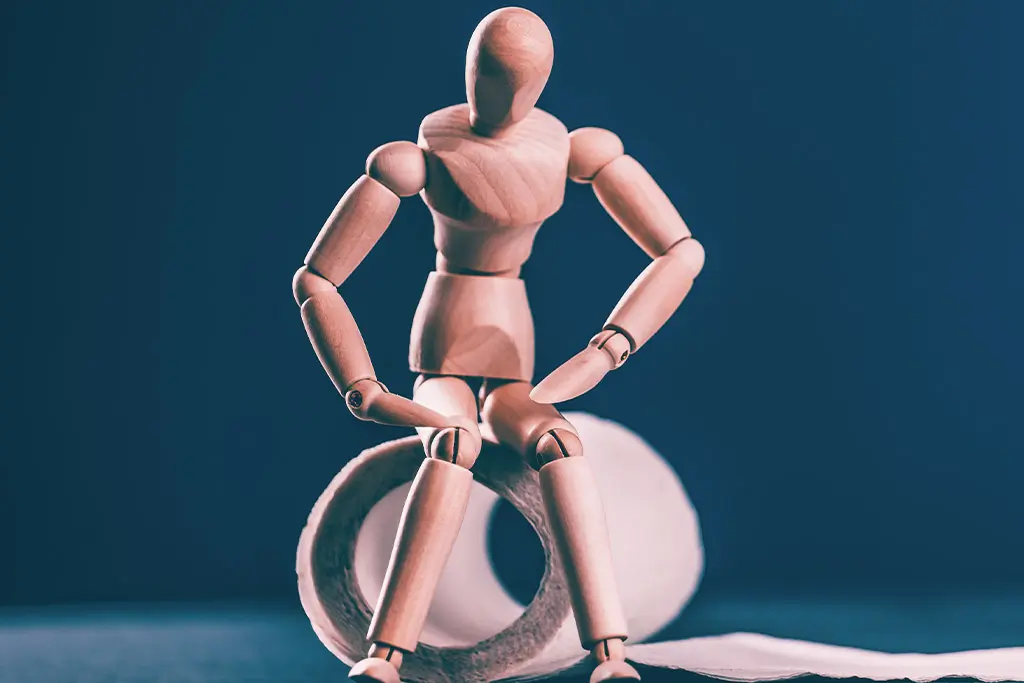Introduction to the issue….
It is thought that around 14 million people in the UK live with some degree of urinary incontinence. And that around 6 million individuals may experience bowel difficulties. Continence problems also carry a significant degree of stigma and shame, making the issue even harder to cope with.
This is not helped by the various stereotypes that exist in society around the condition. For example, the image of an older person with mobility and ‘toilet issues’ is a sadly common perception. Yet, the reality of those people living with incontinence is often very different. And individuals can find themselves struggling with the condition, as a result of numerous different circumstances. Whether this is the result of an inherited condition, an accident or injury, impact of an illness, mobility difficulties, cognitive / mental health problems, behaviour, environmental factors, the list is almost endless.
Incontinence can affect anyone, irrespective of their age, gender, ethnicity, class, or any other way we may choose to define ourselves. But of course, some individuals may have a higher risk. For example, women that have given birth, as this increases the risk of pelvic injury and potentially incontinence. But again, whilst it may be helpful to identify ‘at risk groups’ it is always important to recognise that everyone with incontinence is an individual, and there is no one archetypal ‘patient’. However, the condition is widely seen in society as predominantly a ‘female issue’ due to the higher prevalence amongst women, and the fact that it is more widely spoken about in women’s health in general. Therefore, men living with incontinence often experience the added stigma of having a condition whose narrative is dominated by the female perspective, in both the media and society at large. This also works both ways, with women living with heart disease complaining that patient information often focuses on the male perspective, as the issue has traditionally been seen as a ‘male disorder’ due to its higher incidence amongst men.
Living with Urinary Incontinence….
This is the most common type of incontinence and can range from the loss of a few drops of urine through to a whole bladder worth. Stress incontinence is the type where mild exertion or a sudden sneeze can lead to leakage and is often due to weak pelvic floor muscles. Whilst Urge incontinence is when you have a sudden strong urge to go, and can’t hold it in. This type is often associated with having an overactive bladder and is often more unpredictable and lead to full bladder loss. Mixed incontinence refers to a combination of the two types, and many people live with both.
Living with urinary incontinence as an adult can be tough, especially when there is still a significant stigma around the condition. And many individuals lead a life lived in fear, which revolves around knowing where all the toilets are, being conscious of how much they drink, anxiety over having an ‘accident’, worrying about smelling of wee, and having to take spare clothes or equipment with them. This can have a major impact on someone’s mental health, with constant anxiety and low self-esteem, as well as depression being common associated problems. If bed wetting also occurs, this can lead to lack of sleep and further shame because of its association with childhood, which can again have a negative effect on mental health. And even the products used to manage incontinence are often seen as highly embarrassing, with comedians often making stereotypical jokes about getting old and needing them, or people being embarrassed to purchase them, and hiding the items away in a bedroom / bathroom cupboard. This situation made worse by the fact that items such as disposable incontinence pads/pants are often referred to in general conversation as ‘adult nappies/diapers’, a derogatory term that may add to the indignity of users.
The experience of ‘wetting yourself’ or having a ‘toilet accident’ as an adult in public can be very traumatic and is often the one thing that individuals living with the condition fear most. Whether that is having to change wet underwear in a public toilet, creating a puddle at your own front door as you try to get the key in the door, leaving a wet patch on the seat at the cinema, or the indignity of waking up in a wet bed whilst staying at a friend’s house. Something that may not have happened since childhood. And again, often made worse by experiences of toilet training as a child, where shaming and admonishment of having wet pants or a bed may have been used.
Even when an individual may be wearing protection, the act of losing control and wetting your pad in public can still be traumatic, because whilst the pad may have done its job by containing and hiding the leakage, you may still expect to see the tell-tale signs of an incontinent episode, such as a wet patch on clothing, puddle on the floor, or smell of wee. Emptying your bladder is also something that usually takes place in a specific setting, such as a toilet, and is often a private act. Therefore, your brain may recognise this as breaking a social and cultural taboo and react with a ‘fight and flight’ fear response, and this may even occur when you are the only one that knows this has happened. With the result that you become anxious, breath more quickly and your heart rate increases, and you may also start to panic or catastrophise.
If the above occurs only very occasionally, it may be possible to cope with this, even though the fear may still be present. But if wetting occurs multiple times in a day, the stress that this causes can be hard to deal with and can have a big impact on someone’s mental health. But learning strategies to cope with the uncertainty and also being open with people and asking for help, such as counselling, can really help.
In addition, the sheer drudgery of living with the condition on a daily basis can be exhausting, with the constant pad changes, never-ending laundry, regular bed changes and difficulties drying clothes particularly in the Winter. Along with the financial burden of additional pads, gloves and wipes, seat and bed protection, clothes, and the energy and water costs of the extra laundry that you may also have to think about.
Living with Bowel Incontinence…..
If you also experience difficulties with your bowels, such as urgency and faecal incontinence, this can be even more difficult to cope with. This is because it is much harder to hide bowel ‘accidents’ due to the mess and tell-tale smell that accompanies this, even if you are wearing pads. There is also the added issue of skin damage caused by the faeces, and the fact that continence pads are primarily designed to deal with wee rather than poo. In addition, if you have loose bowel movements, this can be much harder to clean up, especially if you are out and about. Again, leakage can be an issue and often means that people with bowel incontinence may have to use larger wrap-around products, that can further undermine someone’s dignity.
However, there are many strategies to cope with faecal incontinence. For example, unlike urination that may occur a number of times a day, you may only ‘go’ once or twice in a day and have an idea when this may occur, and therefore be close to a bathroom. However, this may not always be the case, and some people who live with chronic diarrhoea, may ‘go’ many times a day and get little warning. In which case, medications can help or other items as anal plugs, or healthcare experts may suggest using a bowel clearance device that uses water to flush out your bowels. The advantage of this being that you are in control of when this occurs, and this may then give you many hours of freedom from any further issues. The stigma around this type of incontinence can be particularly hard to deal with, because of the taboo around talking about your bowels and faeces, and the strong social conditioning that adults just don’t ‘poo themselves’. But again, talking to people can really help you learn to cope with the issue, as well as destigmatise the issue. There are several organisations available that can offer help and support, including Bladder and Bowel UK.

Living with Double Incontinence…
Many people have to manage both bladder and bowel incontinence, which is often referred to as double incontinence, with individuals being described as doubly incontinence. Losing both bladder and bowel control can be tough to live with, both emotionally and in terms of damage to the skin, with the combination of urine and faeces (wee and poo) coming into contact with the skin being especially harmful.

Summary…
Although incontinence is not easy to live with, there are lots of different things that can be done to help, and also manage the situation and condition. The key thing to remember is that incontinence is very common, and you are not alone, and there is support available. It may feel embarrassing to talk to a family member or close friend about your condition, but it often helps. It is also important to seek medical advice, as although common incontinence is not normal, and may be an indicator of another condition or underlying injury. There are also many different treatments available and healthcare professionals should be able to give you further information and advice on this.
Contact us at The Pad Project UK and we will be happy to help in any way we can







